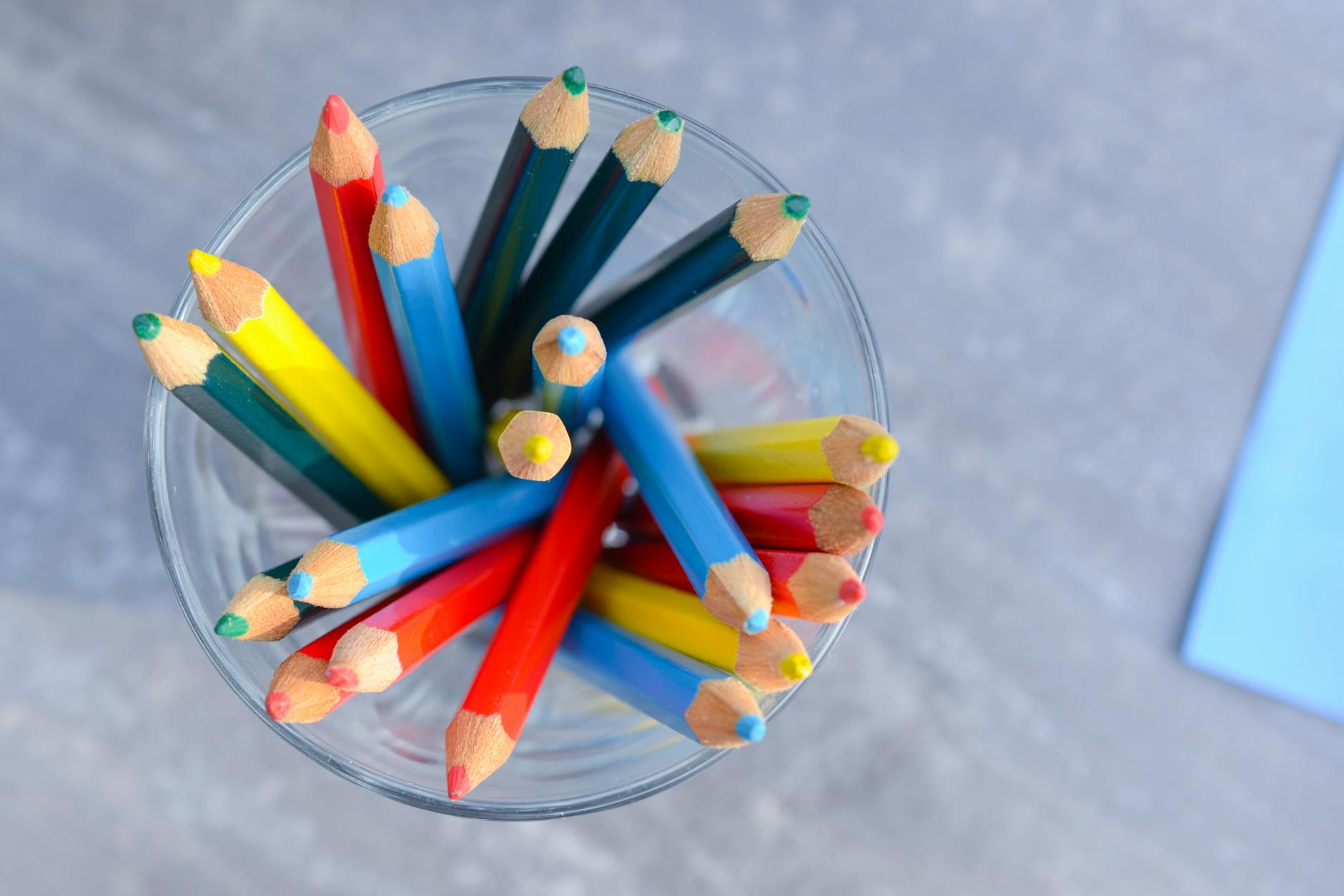PE Pro Tips: A Physical Education Teacher's Guide

Teaching physical education (PE) is not just about getting kids to be more physically active—it's about instilling a love for fitness and a recognition of the long-term health benefits of an active lifestyle. But in the evolving landscape of education, PE teachers face a myriad of challenges, from engaging a diverse student population to integrating technology into the curriculum. In this guide, we offer professional advice to help physical education teachers elevate their teaching techniques and maximize the success of their PE classes.
Harnessing Diverse Engagement Strategies
One key to a successful physical education program is the ability to appeal to a diverse group of students with varying interests and abilities. Here are some strategies to add to your PE toolbox:
1. Involve Student Choice
Allow students to have a voice in the activities they undertake. By giving them a range of options, you not only cater to different interests but also enhance their commitment to participation. For instance:
- Offer a choice between team sports, individual challenges, or fitness circuits.
- Provide alternative activities for those not inclined towards traditional sports, such as dance, yoga, or rock climbing.
2. Differentiated Instruction
Not all students are at the same skill level, and it's essential to recognize and cater to these differences. Assessments can be conducted to tailor learning objectives so each student is adequately challenged. Strategies include:
- Grouping students by their ability to provide focused instruction.
- Using task cards that can be color-coded by difficulty.
3. Incorporate Technology
Technology can tremendously enhance PE instruction. The use of wearable devices, fitness apps, and online resources can motivate students to:
- Integrate heart rate monitors to give immediate feedback on effort levels.
- Utilize video analysis apps to break down skills and techniques.
Creating an Inclusive Environment
4. Develop a Growth Mindset Culture
Foster an environment where improvement is valued over inherent skill. Celebrate personal records and small victories to motivate all students, including:
- Award 'Most Improved' accolades in addition to traditional skill-based awards.
- Highlight student success stories regularly to showcase diverse achievements.
5. Adapt Physical Activities
It is crucial that all students can participate meaningfully in PE, regardless of their physical abilities. Adapted physical activities can include:
- Lower basketball hoops for students with short stature.
- Modify rules in games to allow wheelchair-bound students to participate equally.
Continuous Learning and Professional Development
6. Seek Feedback from Students
Understanding student experiences can help you tailor your teaching approach effectively. Conduct surveys or hold informal feedback sessions.
- Ask for anonymous written feedback about what students enjoy or dislike.
- Hold a 'town hall' meeting where students can voice their opinions openly.
7. Collaborate with Peers and Attend Workshops
Engage with other PE teachers to share experiences and tips. Attending professional development workshops can expose you to new ideas and the latest teaching methods.
- Join online forums or local educator groups dedicated to PE.
- Look for conferences and workshops that specialize in PE instruction.
Assessing Success and Making Adjustments
8. Evaluate Your Program
A regular assessment of your PE program can help you make the necessary adjustments. Consider:
- Analyzing participation rates and adjusting activities that seem unpopular.
- Reviewing student fitness improvements over the course to adjust the intensity of activities.
9. Set Clear, Achievable Goals
Both for you as a teacher and for your students, having clear goals can help focus your efforts and provide a sense of direction.
- Set skill development goals for individual students and track their progress.
- Work towards broader departmental goals, such as improving overall fitness levels.
Conclusion
The role of a physical education teacher is multidimensional, requiring an adaptable, student-focused, and innovative approach to education. By applying these pro tips, you can create a learning environment that not only engages but also inspires your students to embrace a healthy and active lifestyle. Remember, the goal is not just to educate but also to empower students to take charge of their physical well-being. Elevate your game and watch as your PE classes transform into a dynamic and influential component of your student's educational journey.